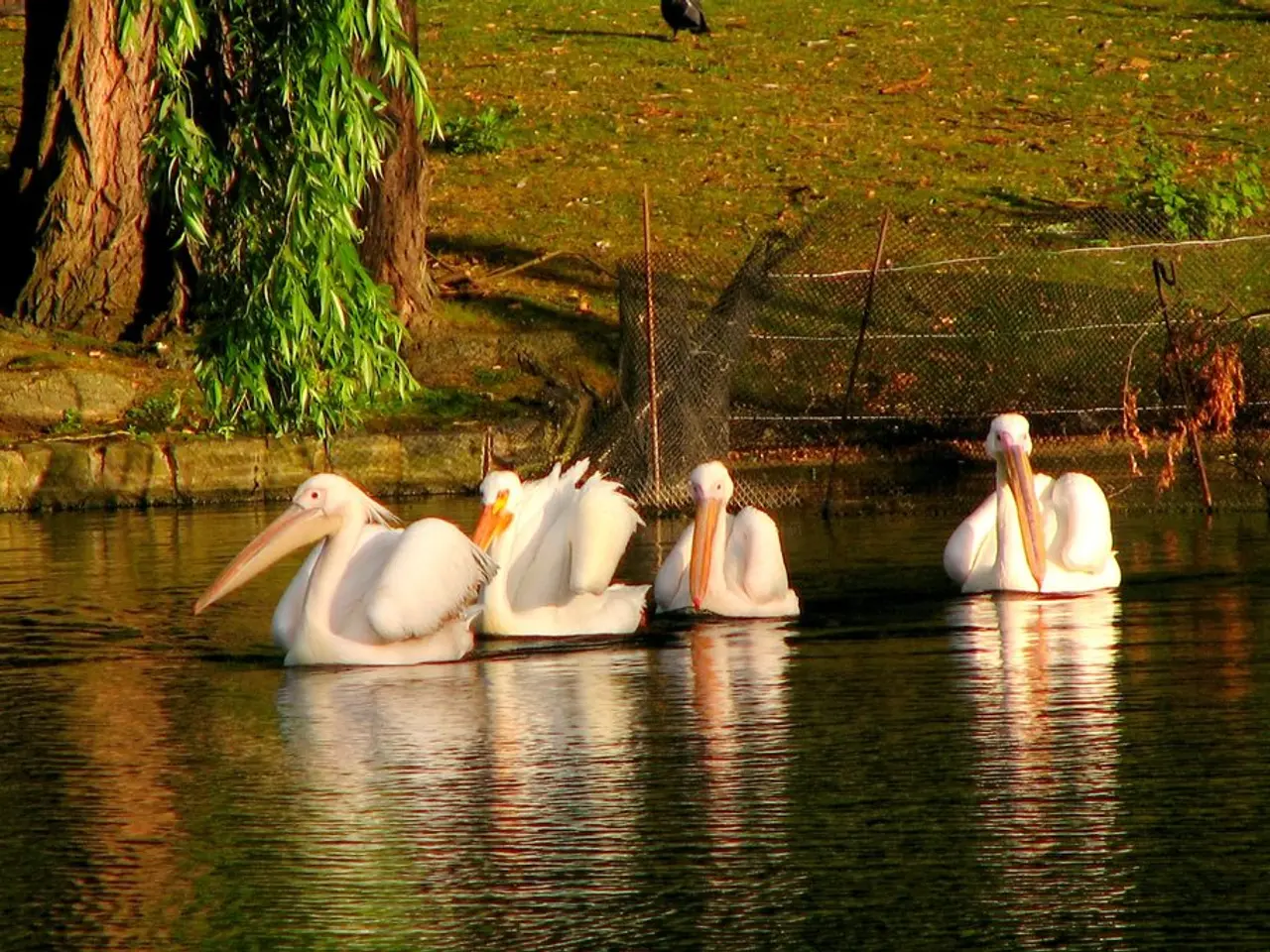Centennial Celebration: A Photographic Timeline of The Appalachian Trail's First 100 Years
The Appalachian Trail, a 2,100-mile long hiking trail stretching from Georgia to Maine, is a testament to human tenacity, cooperation, and the love for nature. The trail's development, from its conception in 1921 to its completion in 1937, is a captivating story of vision, determination, and community spirit.
In 1921, regional planner Benton MacKaye proposed a trail along the Appalachian Mountains to connect rural areas and provide a refuge from urban life. His vision was published in the October 1921 issue of the Journal of the American Institute of Architects. The first Appalachian Trail Conference was called in 1925, with an objective of organizing a body of workers to complete the building of the Appalachian Trail.
The construction of the trail progressed in sections by various hiking clubs and volunteers across multiple states throughout the 1920s and 1930s. The trail was pieced together through cooperative efforts, with at least 500 miles open to hikers by 1928, mainly in New York and New England and maintained by local outdoor clubs like the Appalachian Mountain Club (AMC).
Myron Avery, a young Connecticut native and Harvard Law School graduate, played a significant role in the trail's development. He led a group to place the first sign to Katahdin's summit in 1933 and took on much of the field work, organizing clubs, recruiting volunteers, and ultimately cutting, blazing, and printing guide books for the new trail.
The Civilian Conservation Corps (CCC), a voluntary public work relief program, was responsible for much of the progress on the physical trail during the 1930s. The trail was officially completed as a continuous trail in 1937, marking the realization of MacKaye's vision for a connected trail through the Appalachian Mountains.
The Appalachian Trail's preservation and maintenance fall on a network of land conservation groups and outdoor clubs, which includes the Appalachian Mountain Club. The trail's continuation depends on all of us responsibly enjoying the trail-section by section or in a single season-and partnering with groups working to see its preservation for another century or more.
The hiking boom of the 1960s and 1970s brought more hikers to the A.T. than ever before, and the trail remains as popular as ever. In 2021, nearly 4,000 registered thru-hikers embarked on the trail, following in the footsteps of pioneers like Earl Shaffer, who became the first person to thru-hike the entire Appalachian Trail in 1948, and Mildred Norman, the first woman to thru-hike the A.T. in one season in 1952.
As we celebrate the Appalachian Trail's rich history and its enduring appeal, we are reminded of the importance of preserving this national treasure for future generations to enjoy. The trail's success is a testament to the power of community, cooperation, and a shared love for the great outdoors.
In the spirit of Benton MacKaye's vision, various hiking clubs and volunteers began constructing sections of the Appalachian Trail in the 1920s and 1930s, turning it into a sanctuary for nature lovers and a means to connect rural areas. Today, the trail serves as a testament to the power of community and shared love for the outdoors, attracting thousands of hikers each year, following in the footsteps of pioneers like Earl Shaffer and Mildred Norman.






